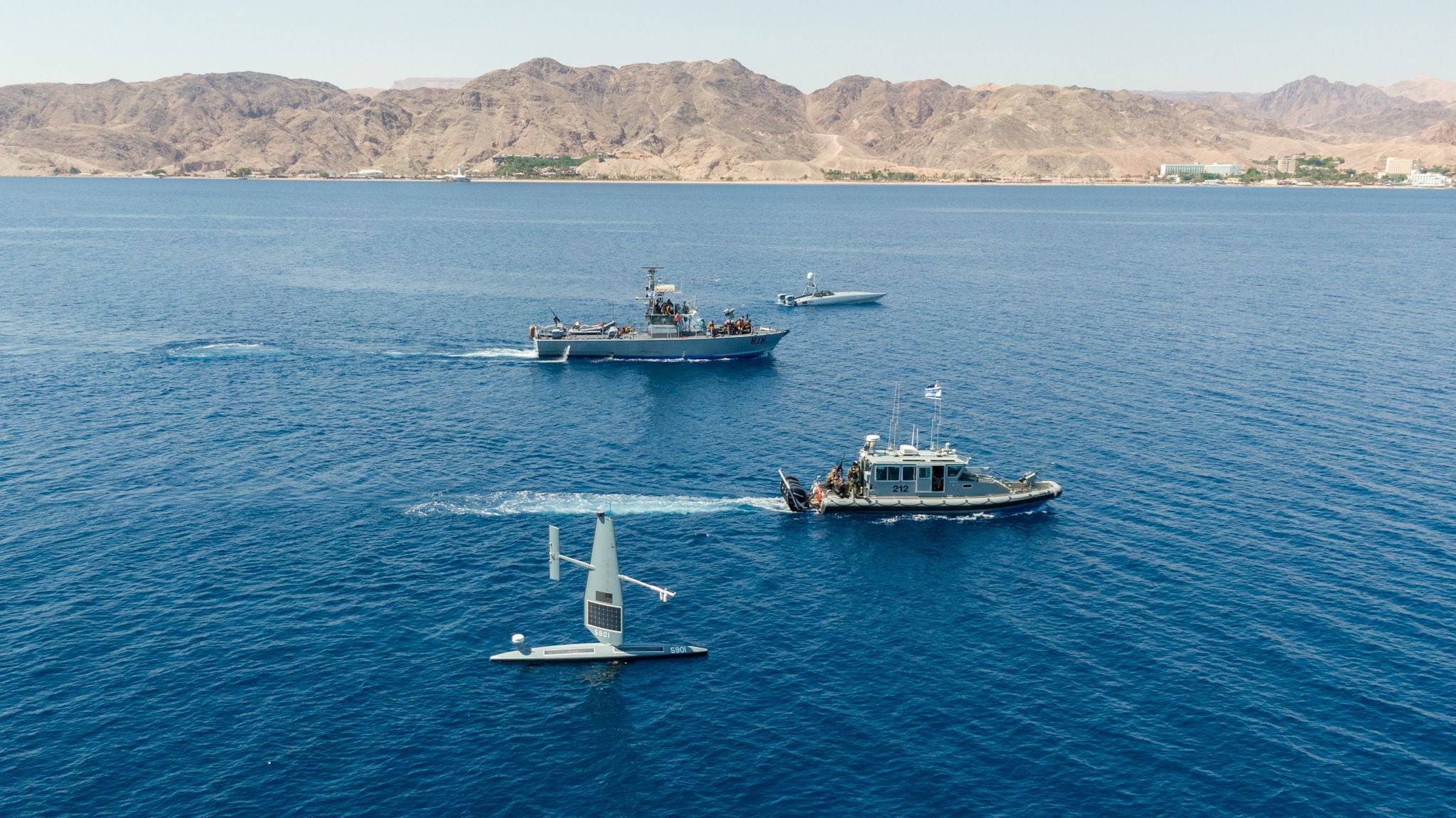WASHINGTON — U.S. Central Command’s new technology office is seeking to leverage its proximity to theater operations to quickly test and field innovative capabilities, including those that can counter growing threats from adversary drones.
Schuyler Moore, who was installed in October as the command’s first-ever chief technology officer, told reporters during a Dec. 7 Pentagon briefing her goal is to quickly shepherd “disruptive” technology from commercial industry or other Defense Department offices to users in the field.
“There are technologies that have matured either through DoD or through the commercial sector that really can get after our problems today — not years from now, not five years from now, but today,” she said.
While the Pentagon has a number of offices dedicated to innovative technology development, Moore said hosting an organization like hers within a combatant command offers a unique advantage because it brings technology experimentation to the field, closer to the people who need it. That proximity not only helps ensure a capability is informed by user needs, but it helps the process move more quickly.
Moore said her office’s efforts will be anchored by regular experimentation. Rather than host one-off events, CENTCOM, one of 11 unified combatant commands of the U.S. Department of Defense, will run these exercises at regular intervals, testing a technology, pushing it to the field and then using that feedback to make it better during the next round of experiments.
U.S. Naval Force’s Central Command is in the midst of one such experimentation campaign — a three-week Digital Horizon event in Bahrain, which started in late November and is focused on integrating uncrewed and artificial intelligence technology. CENTCOM will host another exercise, called Scarlet Dragon Oasis, in January.
Along with these campaigns, the command announced in September it would create an organization called Red Sands to focus on integrated counter UAS testing and experimentation. CENTCOM’s initial vision was for the center to be based in Saudi Arabia, but Moore said it will instead function as a traveling program office that responds to regional needs.
“The recognition that we had was that counter UAS is such a broadly shared problem in the region and there were so many partners that wanted to take part in it that we wanted to ensure that we were able to bring those folks in earlier rather than later,” she said.
Red Sands will host its first exercise next year.
The CTO team is also working to solicit and elevate ideas from within the command. CENTCOM, whose area of responsibility includes the Middle East, Northeast Africa, Central Asia and parts of South Asia, held its first Innovation Oasis competition in October, drawing ideas and inventions from across the organization.
“The tech can come from the commercial sector, it can come from DoD — the idea can come from a sergeant, the idea can come from a general,” she said. “The point is to get the best tech into the hands of the people who need it.”
Moore was joined during the briefing by the winner of the October event, Army Sergeant Mickey Reeve, who used his spare time during a deployment to Saudi Arabia to develop counter UAS training software. The tool was designed to “bridge” the various proprietary counter UAS systems that are used to target different types of threats.
“What this tool is intended to do is to provide the opportunity for the boots on the ground that are closest to the threat and closest to their operational environment to mimic that environment as accurately as possible and to, as well, deploy threats against their base and to train against threats on their base that they see and that they interact with, sometimes daily,” Reeve said.
CENTCOM is working with the Army’s software factory to field the tool within the next three months, according to Moore. She noted that while the software application as designed with CENTCOM threats in mind, it could have implications for other commands, especially as demand grows for technology that can identify, track and counter drone threats.
“This is not unique to CENTCOM,” Moore said. “Counter UAS is something that all of us are going to have to deal with. And to the extent that we can integrate their feedback into what we build with Sergeant Reeve so that it’s applicable to multiple regions, we would love to do that.”
Courtney Albon is C4ISRNET’s space and emerging technology reporter. She has covered the U.S. military since 2012, with a focus on the Air Force and Space Force. She has reported on some of the Defense Department’s most significant acquisition, budget and policy challenges.








